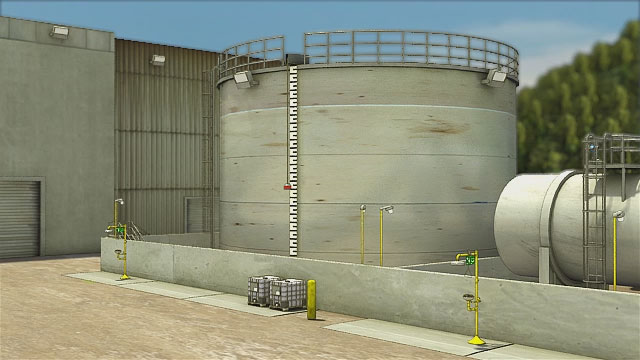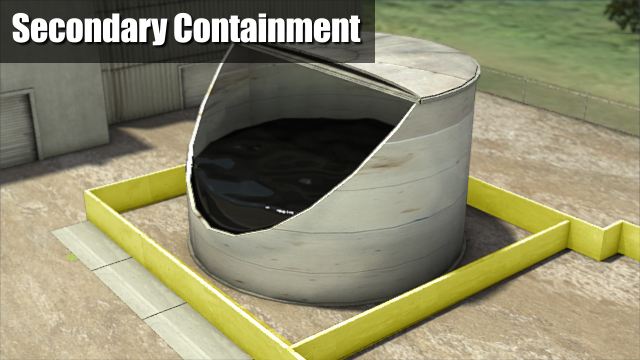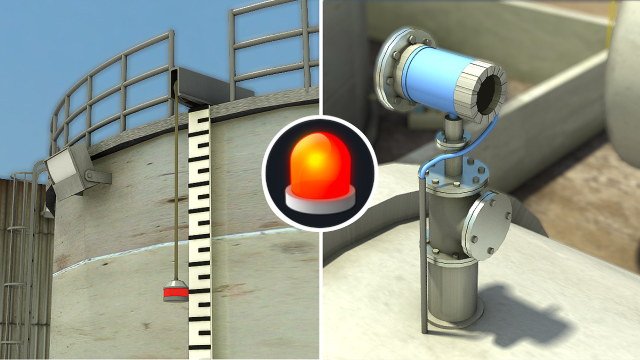




Spill Prevention, Control, and Countermeasures
When oil is spilled, it can endanger public health and the environment, as well as cost millions of dollars in clean up and disposal. To prevent oil contamination of navigable waterways and adjoining shorelines, the U.S. Environmental Protection Agency created the Spill Prevention, Control, and Countermeasure rule. Having a spill prevention plan in place is among the most effective and efficient tools in preventing environmental contamination. This course will discuss spill-related pollution, spill prevention techniques, appropriate procedures for controlling a spill in the event that one occurs, and countermeasure techniques that can be taken to help comply with federal regulations.
Request a demoCourse Details
Learning Objectives
By the end of this course, you will be able to:
- Define the E-P-A’s Spill Prevention, Control, and Countermeasure (SPCC) rule and explain why it was created
- Describe the key elements of an SPCC plan
- List the common storage and handling types
- Describe the role of the Facility Response Coordinator
- Identify safe operating procedures [and]
- Discuss the control measures and countermeasures used to protect against and clean up after oil spills
Specs
| Course Level | Intermediate |
| Languages | English |
| Compatibility | Audio, Video |
| Based on: | 40 CFR 112 |
Key Questions
What are several acts and regulations that have been established to help prevent accidental discharge of oil?
Acts and regulations that have been established to help prevent accidental oil discharge are the Clean Water Act, the Oil Pollution Act, and the Federal Spill Prevention, Control, and Countermeasure Rule.
What are several common storage and handling container types used to contain oil at a facility?
Common types of containers and equipment used to store oil properly are: bulk storage tanks, aboveground storage tanks, bunkered tanks, underground storage tanks, breakout tanks, temporary tanks, and oil-filled equipment.
What are key components of spill prevention measures?
Key components of prevention include the development and implementation of carefully designed operating procedures, as well as appropriate control measures. Additionally, an effective spill prevention plan involves human insight, interaction, and adjustment.
What training should be covered to provide protection to both employees and nearby communities?
Training that should be covered to ensure the safety of employees and the communities are: operating and maintenance procedures, discharge procedure protocol, relevant pollution control laws, rules, and regulations, and the contents of the SPCC plan.
What are countermeasures and how is it associated with the Facility Response Plan?
Countermeasures address response, clean up, and disposal efforts made once an oil spill has occurred. They take into account the facility’s capabilities, as well as the capabilities of all required outside contractors. The Facility Response Plan includes countermeasures necessary for different spill types and quantities, as well as the training employees need to effectively respond to and clean up spills.
Sample Video Transcript
Secondary containment is a barrier between a potential oil hazard and the environment. Examples of secondary containment structures include: dikes, berms, or retaining walls, curbs, diversion or retention ponds, culverts, gutters, or drainage systems, weirs, booms, barriers, and sumps and collection systems. For containers such as tanks, drums, or totes, the secondary containment must be large enough to contain the contents of the largest container within the storage area, plus, freeboard to allow room for precipitation. To determine the proper size for secondary containment, facilities can utilize an equation using the 25 year, 24 hour rain event. This equation takes in to consideration the maximum amount of rain that has fallen over a 24 hour period in the last 25 years. This method replaces the old “110% rule”. If a facility is unable to provide secondary containment, a spill contingency plan is required to be included in the SPCC plan.
Additional Resources
- Environmental Protection Agency (EPA) – www.epa.gov
- EPA Spill Prevention, Control, and Countermeasures – http://www.epa.gov/oem/content/spcc/
- EPA documents – http://www.epa.gov/osweroe1/docs/oil/cfr/0703_40cfr112.pdf
Course Applies To
Demos + Pricing
Learn more about our courses, get pricing, and see our platform.











